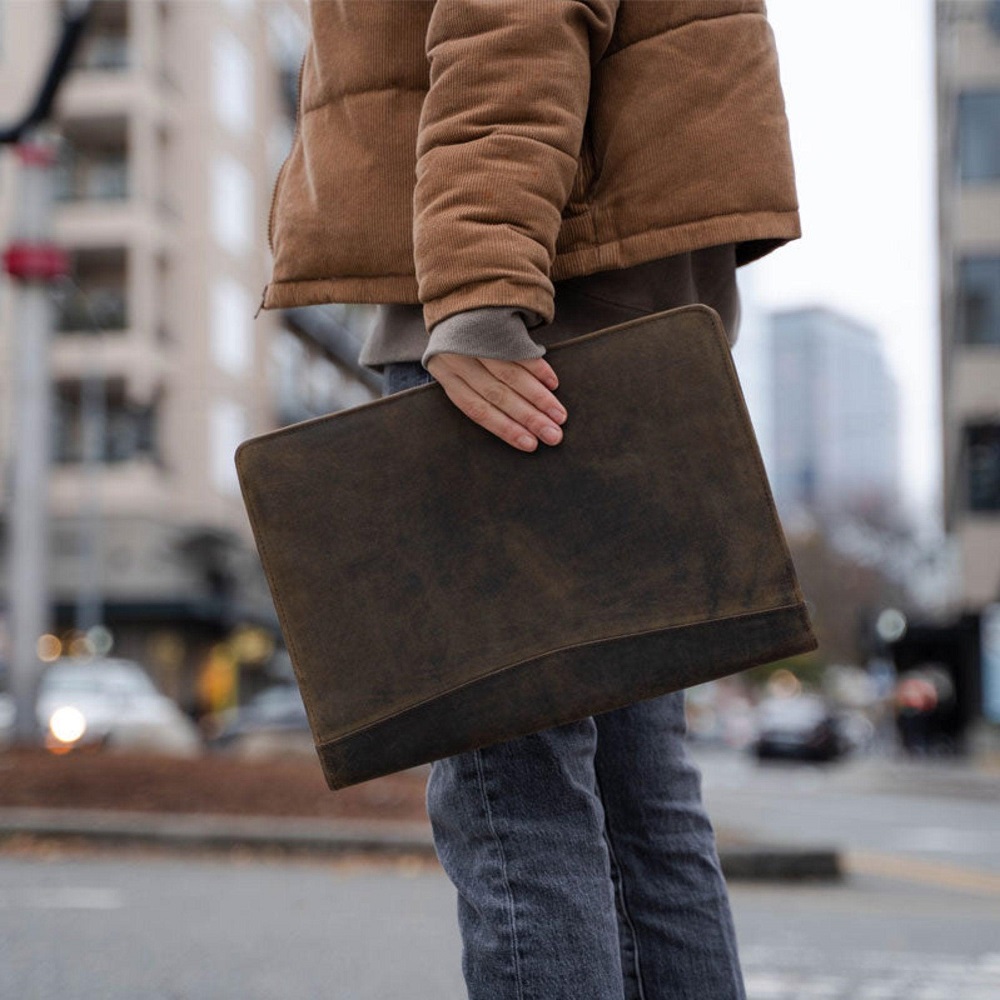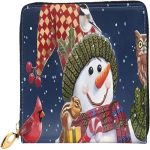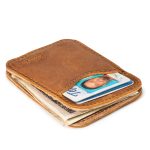Defining a Leather Portfolio
A leather portfolio is a multifunctional accessory, widely regarded for its sophistication and durability. It typically serves as a professional companion for carrying documents, tablets, business cards, and other essentials. Ideal for business professionals, artists, and students, it combines practicality with elegance, making it a popular choice for anyone looking to make a serious impression.
Types of Leather Used in Portfolios
When exploring leather portfolios, you’ll encounter various types of leather bags, each offering unique characteristics. The most common types include:
- Full-grain leather: The highest quality, full-grain leather exhibits the natural texture of the hide, and ages beautifully over time.
- Top-grain leather: More refined than full-grain, top-grain leather is thinner and has a uniform surface, balancing durability with a sleek look.
- Genuine leather: Often more affordable, genuine leather is made from the remaining layers of the hide after the top is removed, and offers versatility.
- Bonded leather: Created from scraps and fibers bonded together, bonded leather is an economical option but less durable than other types.
Each leather type contributes to the portfolio’s overall feel, durability, and appearance. When selecting a leather portfolio, consider the balance between aesthetic appeal and longevity to find an option that truly suits your needs.
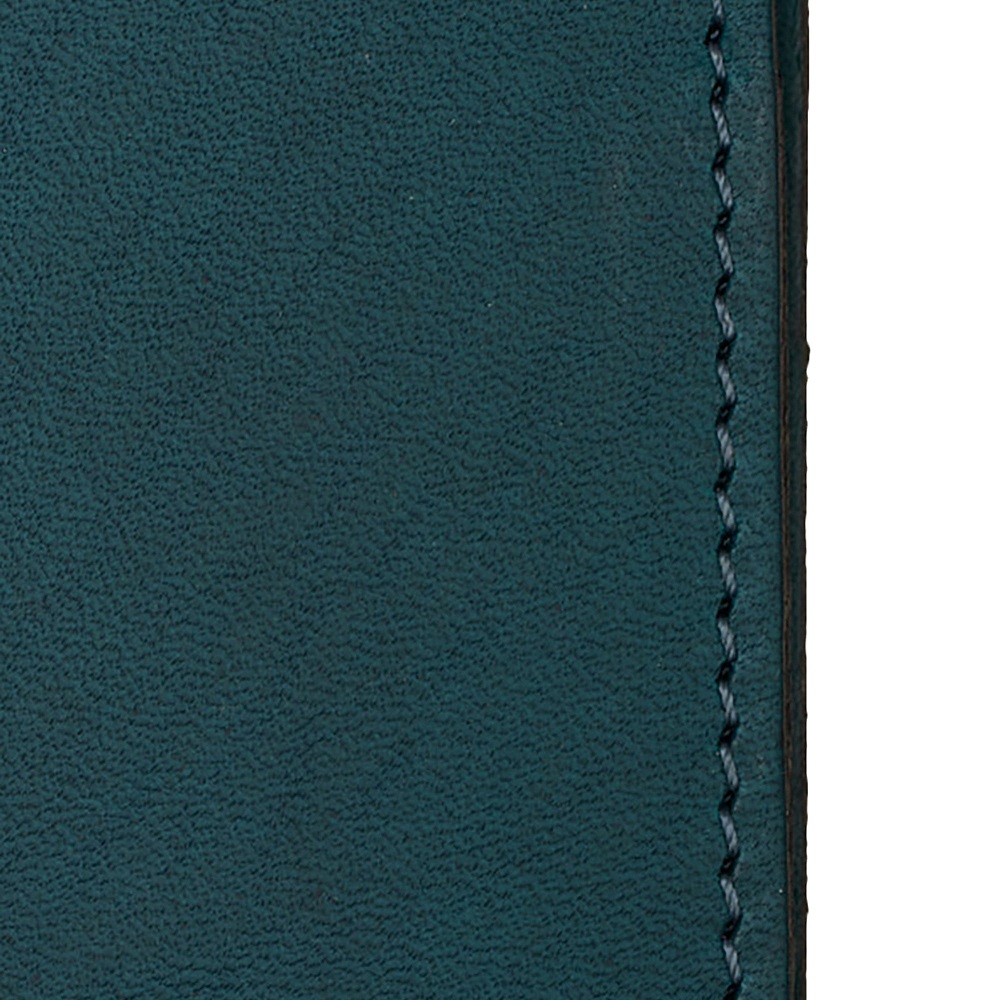
Essential Features to Consider
When choosing a leather portfolio, it’s not just about the type of leather. Several essential features play a crucial role in the portfolio’s functionality and longevity. Below, we will delve into the key aspects you need to consider.
Size and Layout
The size and layout of your leather portfolio are vital. Here’s what to assess:
- Dimensions: Ensure it fits your documents, laptop, or tablet.
- Compartments: Look for enough sections to organize items.
Choose a layout that serves your needs without being too bulky.
Quality of Construction
A well-constructed leather portfolio can last for years. Pay attention to:
- Stitching: Even, strong stitches prevent fraying and wear.
- Edges: Finished edges indicate careful craftsmanship.
- Lining: A sturdy lining protects the leather and contents.
Quality construction is a clear sign of durability.
Customization Options
Custom features can make your leather portfolio unique. Consider:
- Monograms: Personalize with your initials.
- Pockets: Custom pockets for specific items.
- Straps: Adjustable straps for comfort.
Customization adds practicality and personal flair to your leather portfolio.
Style Considerations
Choosing a leather portfolio is also a matter of personal style. The design you select should reflect your image and complement your professional wardrobe. In this section, we’ll explore the different style options available.
Traditional vs. Modern Designs
When selecting a leather portfolio, consider whether a traditional or modern design suits you best.
Traditional designs often feature:
- Classic shapes and sizes
- Standard colors like brown or black
- Timeless appearance that exudes professionalism
Modern designs come with:
- Sleek lines and slim profiles
- Bold colors and patterns
- Contemporary features like magnetic closures
Assess your daily environment and choose a design that aligns with your profession and personal taste.
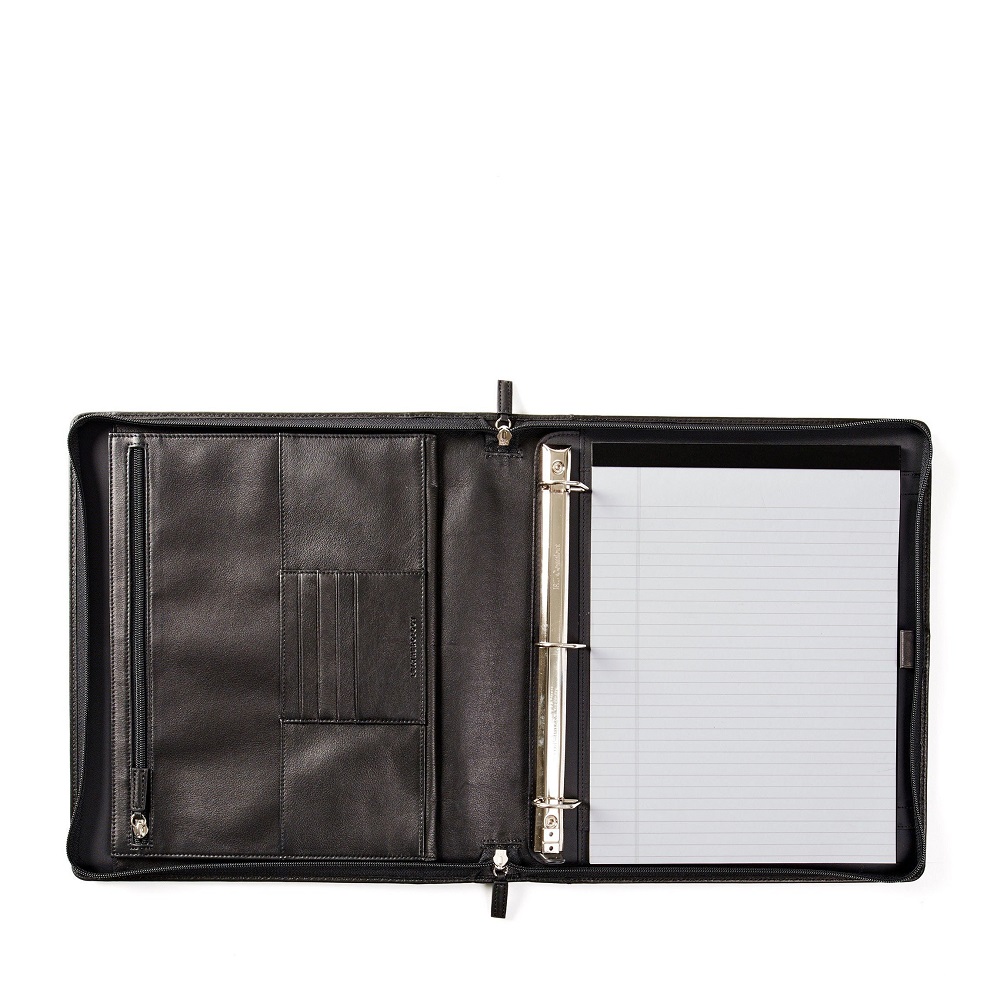
Color and Texture Choices
The color and texture of your leather portfolio add character and individuality.
For color:
- Neutral tones are versatile and professional.
- Dark hues hide wear and scuffs better.
- Bright colors make a statement and stand out.
In terms of texture:
- Smooth leather provides a clean, polished look.
- Pebbled or grained textures show less scratching.
- Exotic textures like suede may require more care.
Choose a color and texture that you’re confident carrying and that will handle your usage patterns well.
Assessing Durability
When you’re investing in a leather portfolio, durability should be high on your list of priorities. A durable portfolio will stand the test of time and provide value for years to come. Here’s how to evaluate the longevity of a leather portfolio.
Leather Grade and Treatment
The grade and treatment of the leather can significantly impact the portfolio’s durability. Look for:
- Full-grain leather: This grade lasts the longest due to its intact top layer.
- Vegetable-tanned leather: Treatments like vegetable tanning can enhance resistance to elements.
Avoid portfolios that feel thin or overly plasticized; they likely won’t endure heavy use or time.
Stitching and Hardware Details
Good stitching and hardware are telltale signs of a well-made leather portfolio.
- Stitching: Check that the stitching is tight, uniform, and reinforced at stress points.
- Hardware: Metal zippers and clasps are usually more durable than plastic.
Inspecting these details can save you from future repair costs or the need for replacement.
Price vs. Quality
When purchasing a leather portfolio, you face the classic dilemma of price versus quality. A lower price might be tempting, but often at the expense of quality. On the other hand, a higher-quality portfolio may cost more upfront but can prove to be cost-effective in the long run due to its durability and longevity. To strike the right balance, focus on value. Look for a portfolio that’s well-made and offers the features that matter most to you.
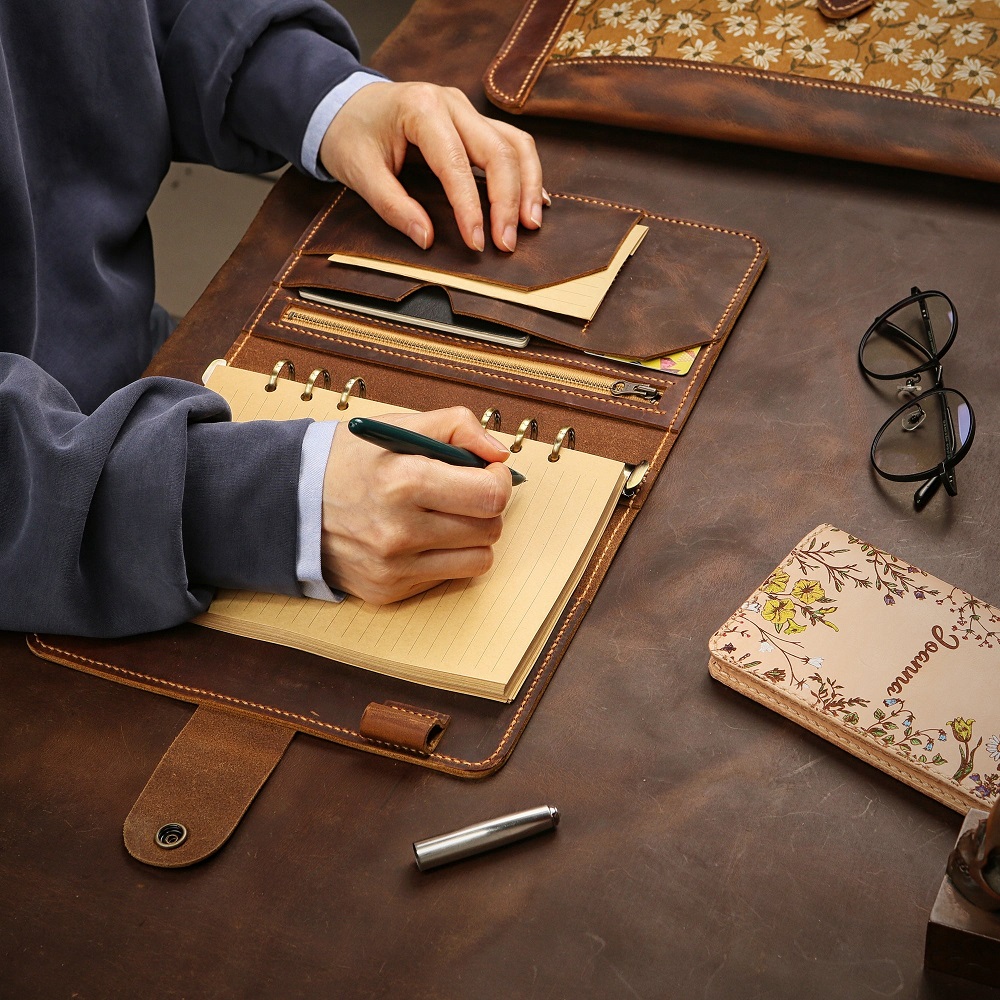
Budgeting for a Quality Portfolio
Budgeting for a leather portfolio requires you to consider initial cost against its lifespan. Aim to invest in the best quality your budget allows. Full-grain or top-grain leather portfolios cost more, yet they wear better over time and look luxurious. Avoid cutting corners. A cheap portfolio might save money now but could need replacing sooner, adding to overall costs. Set a realistic budget that allows for a high-quality purchase without overspending.
Long-Term Investment Value
Consider a quality leather portfolio as a long-term investment. High-grade leather improves with age, developing a rich patina that synthetic alternatives can’t match. Good quality hardware and craftsmanship also mean fewer repairs. A durable portfolio saves you money in replacement costs over time. Think of it as a one-time purchase that will serve you for years to come. When chosen wisely, it can become an heirloom piece that reflects sophistication and professional success.
Care and Maintenance Tips
To ensure your leather portfolio remains in pristine condition, follow these care and maintenance tips. Proper upkeep not only helps retain the portfolio’s aesthetic appeal but also extends its life.
Cleaning and Conditioning
Keep your leather portfolio looking its best with regular cleaning and conditioning.
- Wipe it Down: Use a soft cloth to gently remove dust or dirt.
- Apply Leather Conditioner: Condition your portfolio every few months to keep the leather supple.
- Avoid Water: Protect your portfolio from water, which can cause stains and warping.
- Handle Stains Immediately: If stains occur, clean them promptly with a damp cloth and mild leather cleaner.
Conditioning the leather prevents it from drying out and cracking, ensuring that the portfolio maintains its luxurious feel and professional look.
Storing Your Leather Portfolio
Proper storage is crucial for preserving your leather portfolio’s integrity.
- Store in a Cool, Dry Place: Avoid exposure to direct sunlight and heat.
- Keep its Shape: Use padding like acid-free paper to maintain the portfolio’s form.
- Allow Air Circulation: Do not wrap it in plastic; this can cause moisture buildup.
- Use a Dust Bag: If possible, store it in a breathable dust bag for added protection.
By following these tips, you’re taking an essential step in caring for your investment, ensuring your leather portfolio lasts for years to come.
Choosing the Right Style
When selecting a leather portfolio, style plays a significant role in matching your personal aesthetic and professional needs. Whether you prefer a classic, minimalist design or one with additional features like compartments and pockets, your choice should align with your personality and functional requirements. Opt for colors that complement your wardrobe—traditional shades like black, brown, or navy can lend a sense of professionalism, while bolder colors might express creativity and individuality. Additionally, consider the type of closures—zippers, magnetic snaps, or clasps—and how each might affect ease of use and security.
